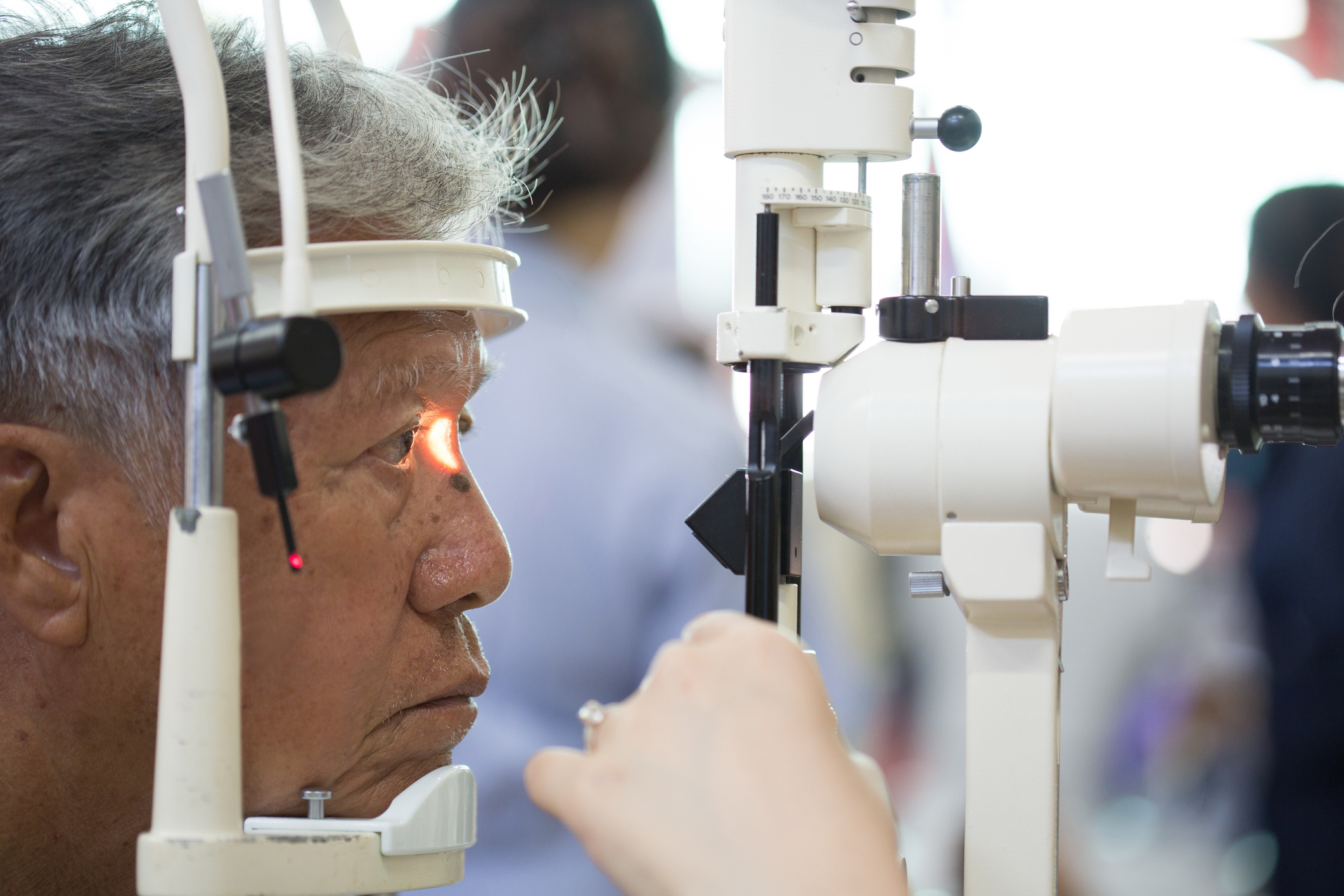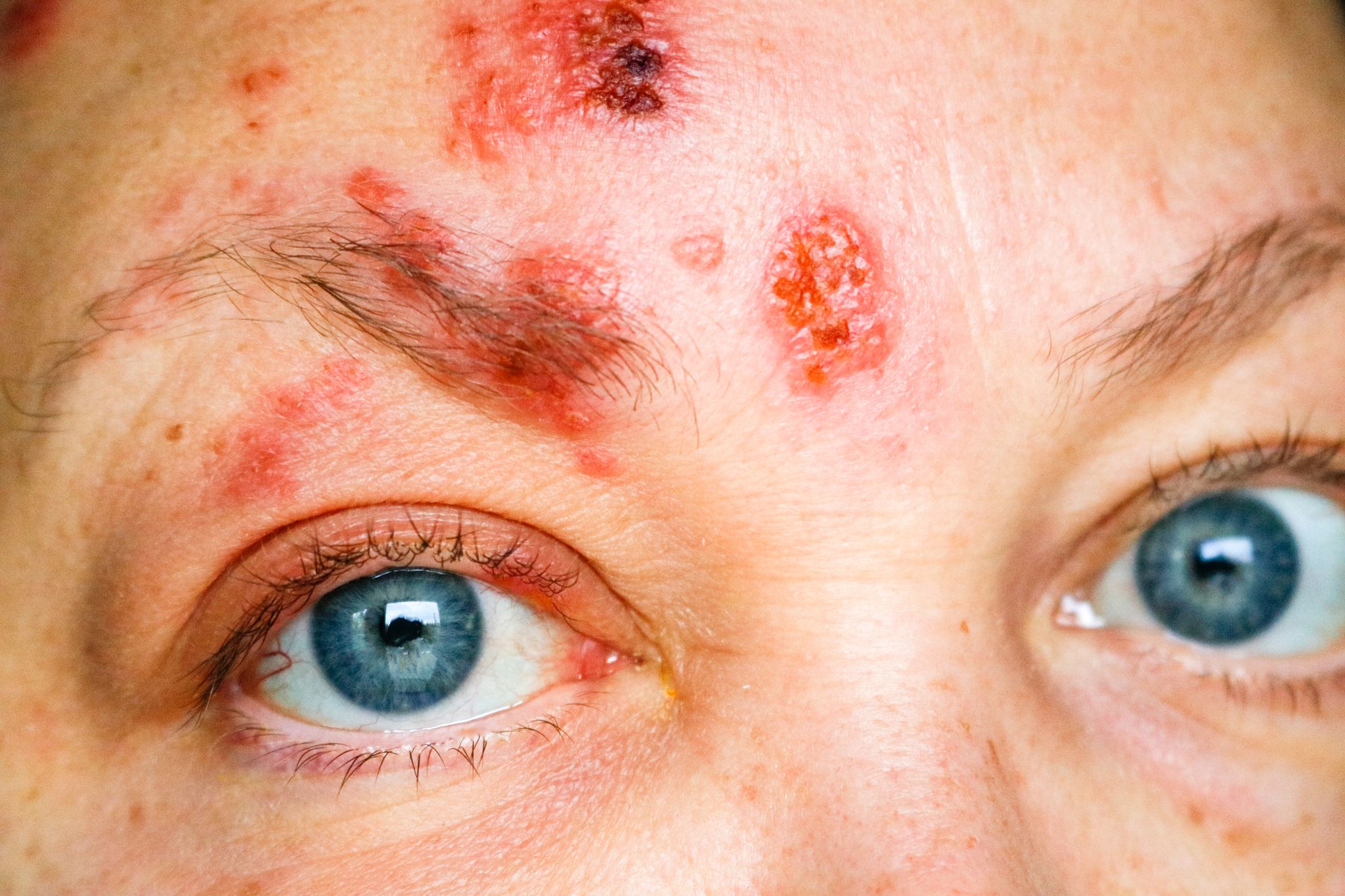This article was contributed by Dr Jacob Cheng Yen Chuan, Senior Consultant Ophthalmologist & Director of Retina Services and Vitreoretinal Surgery, Eagle Eye Centre in Mount Alvernia Hospital (Singapore).
About the Doctor
Glaucoma
Glaucoma is a group of diseases which affect the optic nerves. This usually refers to too much fluid pressure in the eye, leading to optic nerve damage and the resultant damage to the field of vision.
Relieving pressure on the nerve reduces the progression of the disease. This disease can be classified as open-angle or closed-angle.
Open-angle glaucoma develops slowly and painlessly over time, whereas closed-angle glaucoma can be acute and painful. Causes include extreme refractive errors, diabetes, cataracts, previous eye injuries and genetics.
There are usually no early warning signs or symptoms until late in disease thus giving this condition the title – silent thief of sight. 50% of people with glaucoma are unaware that they have it. In the late stages, peripheral vision will slowly be lost and they may experience frequent bumping into things.
Treatments are available but early detection is the key. Early detection and treatment can slow the vision loss. Lost vision cannot be recovered as damage from glaucoma cannot be reversed.
Treatment aims to preserve existing vision and prevent further vision loss. These include eye drops, laser therapy and surgery. Regular eye examinations to ensure early detection and treatment is the only way to control glaucoma and prevent vision loss.
Age-Related Macular Degeneration
Age-Related Macular Degeneration (AMD) is one of the leading causes of blindness in patients above 50 years of age. This condition affects the macula which is the center of the retina (a light-sensitive layer of tissue in the back of your eye that sends signals to your brain). This will gradually affect the central, sharp vision making many regular activities such as reading and driving become increasingly difficult.
This degeneration is often brought on by age, smoking and genetics.
It can be divided into dry and wet forms. Generally the dry type is the more prevalent and milder form. The wet type is not as common but is responsible for most of the permanent severe loss of vision.
The symptoms include blurred, greyed-out areas, distorted vision and central blind spot.
Treatment aim to maintain existing vision but unfortunately there is no therapy to restore central vision once it is lost. These include laser and regular injections into the eye.



















